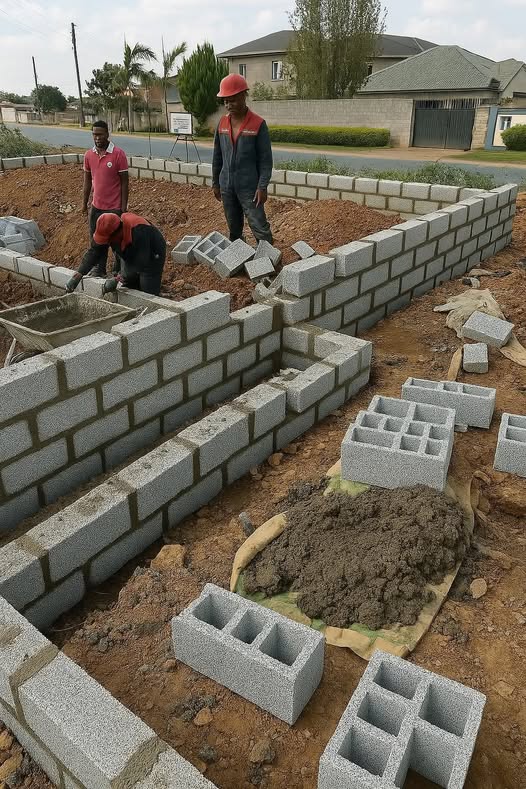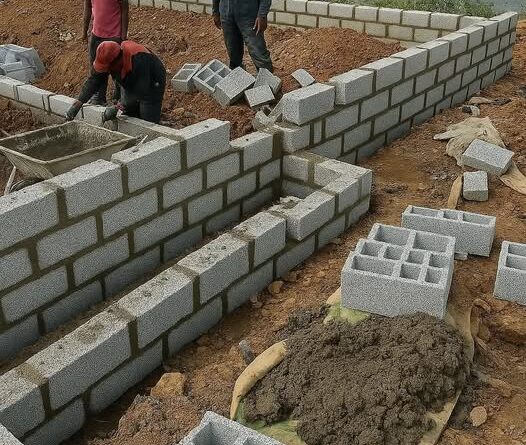Foundation Block Size: Is 6-Inches Right for You?

Choosing the right foundation block size for a building’s foundation is a critical decision. It directly impacts the safety and durability of the entire structure. While a 6-inch block may seem sufficient and cost-effective, its use depends on several key factors. First, for a bungalow built on flat land, a 6-inch block is generally acceptable and can be a cost-effective option. Therefore, many builders use this size for single-story structures in stable, level areas.
However, the situation changes dramatically when one constructs on sloppy or unstable land. For these projects, one must use 9-inch blocks for the foundation. This is because the larger block provides greater stability against potential soil movement and erosion. Moreover, if the foundation block courses extend beyond seven layers, a larger block is crucial for ensuring the structure’s integrity. Proper chaining with beams and columns can, however, provide additional strength.
Furthermore, for multi-story buildings, or “storey buildings,” a 9-inch block is the industry standard for the foundation. In fact, anything less than this size compromises safety and durability. After the foundation level is complete, however, one can use smaller blocks for the rest of the structure. For instance, partition walls, which are non-load-bearing, can be built with 6-inch, 5-inch, or even 4-inch blocks.
Regardless of the land type or building size, one should always use a chain beam. This practice distributes the building’s weight evenly and transfers the load to the foundation properly. Finally, the choice of block for the foundation should not be about saving money. It should, therefore, be about ensuring long-term safety, durability, and peace of mind. Building is not a project one redoes every day. Consequently, one must do it right the first time.
For professional building consultation, design, or construction services, you can reach out to Vanguard Structures. You can reach them at 08143214347.




